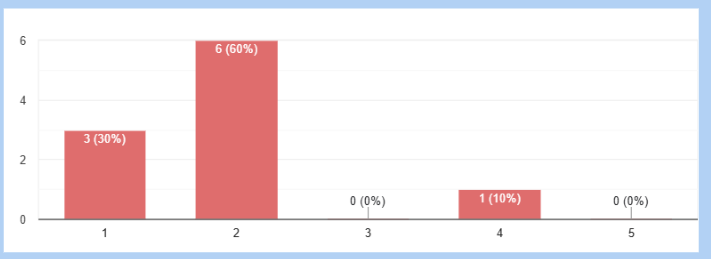Comparative Analysis of the Four Conclusions
The conclusions drawn from the four theories: Constructivism (Bruner), Humanism (Rogers), Cognitive Development (Piaget), and Social Constructivism (Vygotsky). They all highlight different approaches to understanding student learning and engagement. Each conclusion reflects how these theories influenced task design, student outcomes, and overall teaching effectiveness.
1. Learner Autonomy and Motivation
-
Rogers’ Humanism and Bruner’s Constructivism both emphasize the importance of learner autonomy, but they approach it differently. Rogers’ focus on unconditional positive regard fosters intrinsic motivation by creating a safe and empathetic environment for students to explore their potential. This was shown in the students’ enthusiasm for designing their own circuits, where they took ownership of their learning and displayed creativity and motivation. Similarly, Bruner’s emphasis on discovery learning encouraged students to construct their understanding, as seen in their engagement with video analysis and self-reflective practices. However, the lack of initial clarity in Bruner’s task led to some confusion, suggesting that autonomy must be balanced with structured guidance.
-
In contrast, Piaget’s theory and Vygotsky’s framework recognize the importance of scaffolding in fostering autonomy. Piaget’s approach allowed older students to engage in self-assessment and improve their skills through reasoning, but younger students struggled without structured guidance. Vygotsky’s method, with its reliance on the Zone of Proximal Development (ZPD), actively used peer collaboration and teacher scaffolding to enhance understanding, demonstrating that autonomy can be supported through social interaction.
2. Role of the Teacher
-
Across all theories, the teacher plays a critical role, but their function varies. In Rogers’ and Piaget’s approaches, the teacher is more of a facilitator, focusing on individual interactions to encourage personal growth or cognitive development. The personalized discussions in both methods proved effective, particularly for older students, aligning with their developmental needs.
-
For Bruner and Vygotsky, the teacher acts as a scaffolder, guiding learners through a structured process. In Bruner’s task, the teacher helped clarify concepts during the video analysis, enabling students to bridge gaps in understanding. Similarly, in Vygotsky’s task, the teacher’s initial modeling and subsequent peer-led scaffolding ensured students remained within their ZPD, promoting collaborative learning and shared responsibility.
3. Cognitive Engagement
-
Piaget’s task was uniquely centered on cognitive engagement, challenging students to analyze, articulate, and refine their movements through reasoning. This aligns with the formal operational stage, where abstract and hypothetical reasoning develops. However, the task’s complexity highlighted the cognitive limitations of younger students in the concrete operational stage.
-
Both Bruner’s and Vygotsky’s tasks also engaged students cognitively but relied more heavily on external aids like videos and peer collaboration. Bruner’s approach focused on building knowledge through iterative observation and practice, while Vygotsky emphasized learning through social interaction and dialogue.
4. Emotional and Social Dimensions
-
Rogers’ humanistic approach stood out for prioritizing emotional well-being, with students expressing a sense of empowerment and enjoyment. Vygotsky also incorporated a social-emotional dimension by fostering peer support and collaborative learning. In contrast, Piaget’s and Bruner’s tasks were more cognitively driven, with less explicit attention to emotional factors.
While all four theories emphasize active learning, they differ in their emphasis on autonomy, teacher roles, and the balance between cognitive and emotional engagement. Rogers and Vygotsky excel in addressing both emotional and social dimensions, while Piaget and Bruner focus more on cognitive processes. The comparison reveals the importance of adapting teaching strategies to students’ developmental stages and the task’s goals.




